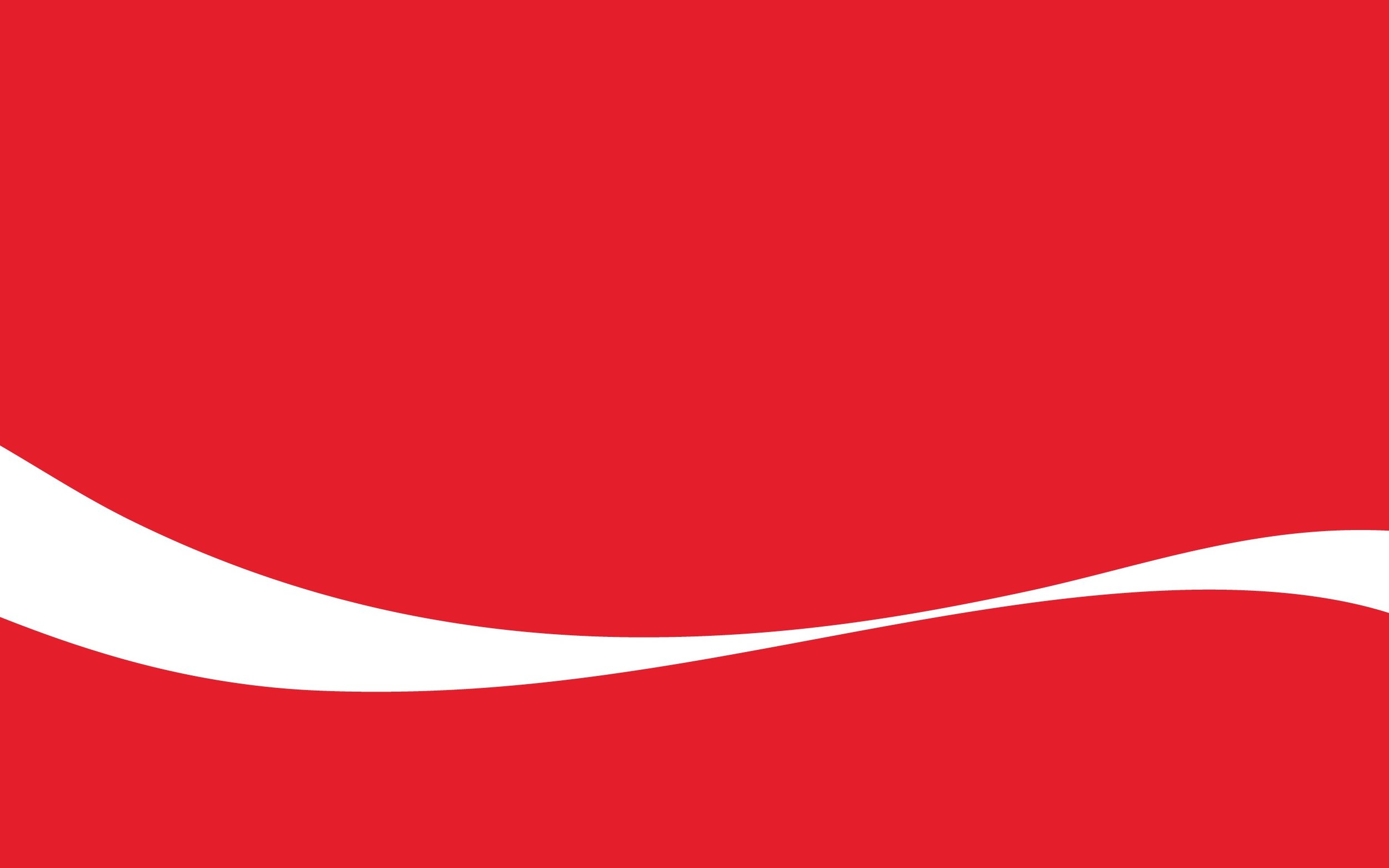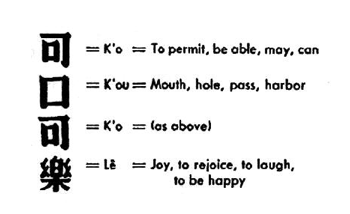It’s probably safe to say that most of us are familiar with the ever popular Coca-Cola Company. Beginning in 1886 when a pharmacist, Dr. John S. Pemberton, created the flavored syrup. Dr. Pemberton’s partner and bookkeeper, Frank M. Robinson then created the name “Coca-Cola” along with designing the trademark and script font that is still used today.
Coco-Cola quickly gained popularity and in time, was being served all around the world. With being served in foreign countries, different translations of “Coca-Cola” were being used. It was first rendered as Ke-kou-ke-la meaning “bite the wax tadpole” or ”female horse stuffed with wax.” Unfortunately for Coca-Cola, this was not discovered until after thousands of signs were made. Coke then researched over 40,000 Chinese characters finding a close equivalent, ko-kou-ko-le, which is loosely translated into “happiness in the mouth.”
Coke needed to avoid using as many as 200 symbols used for “ko-ka-ko-la” due to their meanings, including all of the characters pronounced as “la”! Coca-Cola came to a compromise by using the character for lé, meaning joy. The translation of the name “Coca-Cola” finally settled on these characters:
This is translated into “to allow the mouth to be able to rejoice”- no wax tadpoles or female horses- and was officially registered as Coca-Cola’s Chinese trademark in 1928.


